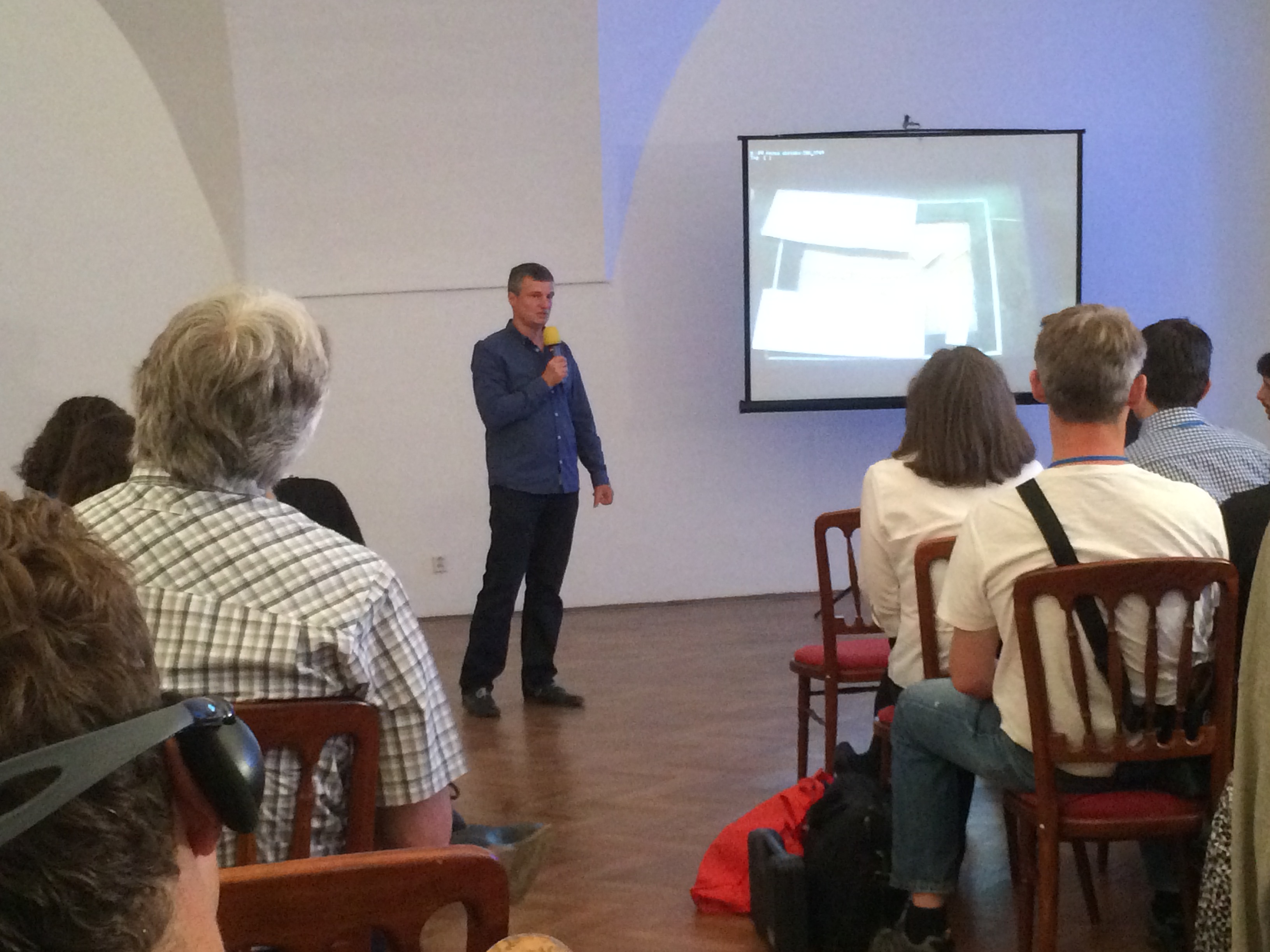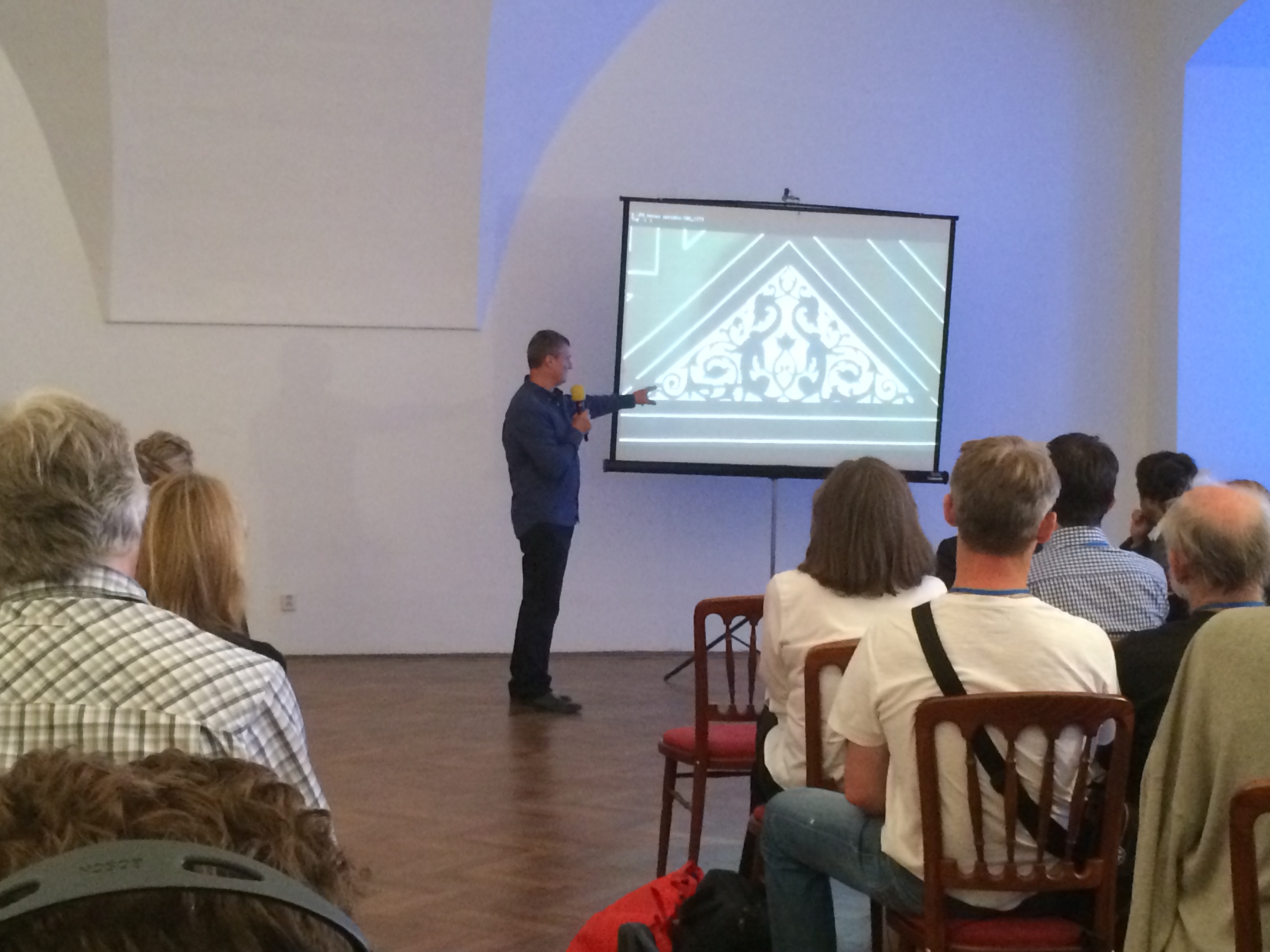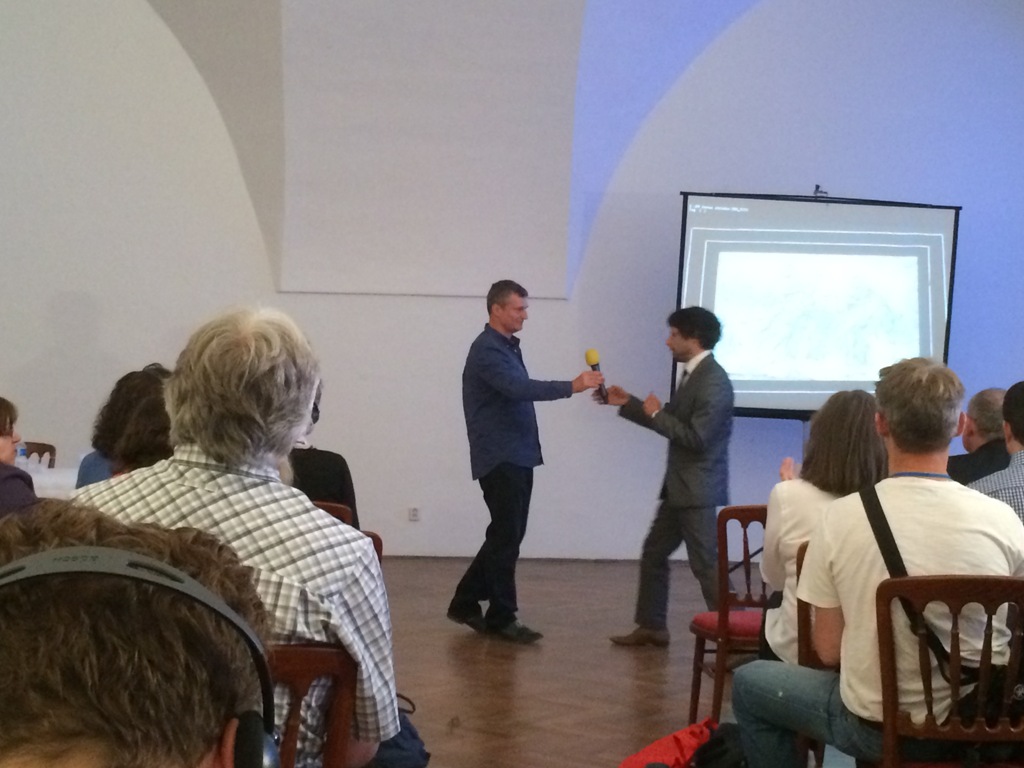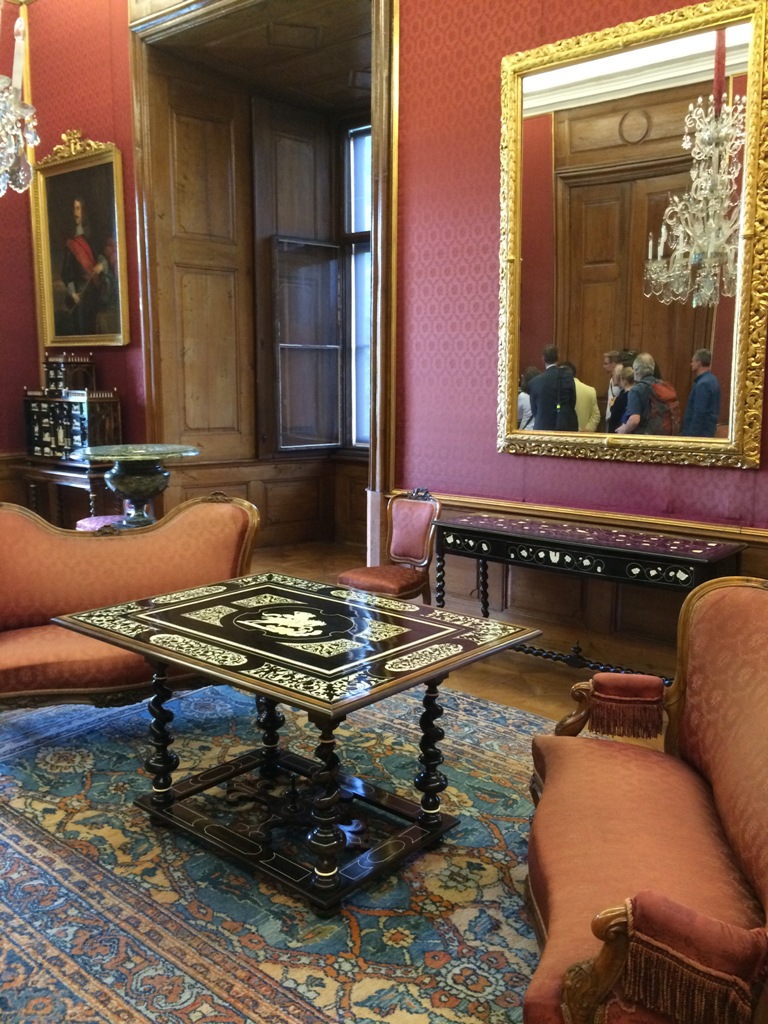Conference - Restoration of cultural heritage Archbishop chateau in Kroměříž financed by Norwegian funds
David Fiala, who represented a restoration studio, which restored part of the furniture - furniture equipment, lectured on the restoration, techniques and pitfalls of this work. The conference was attended by restorers and representatives of investors from Norway. The lecture was simultaneously translated into English.

Allow me to introduce myself and introduce company that I represent. My name is David Fiala and I am the founder of the same name restoration studio. Atelier Fiala deal with restoration since 1991 in various forms of community. We are honored that we were able to participate in the restoration of such valuable cultural heritage. "
In the middle of last year we stood before the responsible task of restoration. Renovation of 28 items of furniture from the 19th, 18th and 17th centuries. Shortly before today's conference, we completed the entire set, this work lasted ten months. The work was very intense and devoted her entire restoration team of Atelier Fiala. The most valuable part of the whole set was a set of furniture Venetian masters from the 17th century. Top craftsmanship from the finest materials. It was jewelry box´s secretary and swap tables of ebony wood and ivory. Ivory was carved up into incredible detail and then engraving to the delicate engravings of various animal and plant motifs. These fine details were inlaid into the ebony wood. Missing parts are created in the same way as the former masters did it and then put into ebony. Reconstructed parts were not allowed to be distinguishable from the original, secretary were provided with plenty of balustrade of turned pins of ivory, already mentioned. From a total of about 140 pieces of them 63 were missing. Our task was to replenish the missing parts. We encountered a legislative problem. The law is not permitted to trade in raw materials such as ivory. We had to replace the missing parts, of another material, or another similar bone properties and appearance. Finding such material was not easy. After many tests, we chose the bones of deer and antelope.
The original skittles were produced in way, which technology in the 17th century allowed. Each skittle 
Secretary were composed of two parts. The upper part of the drawers, which stands on the footing table with twisted legs.
Masters of the 17th century pro
Secretary have their patina and visually are after sensitive renovation in excellent condition and throughout the centuries will again decorate the Archbishop's Palace in Kroměříž.
(Ed. Part of the text of speech)
"As I have already said, this type of contract was a challenge for us and we are glad for that.
The result of our work is for us pleasing and not always the most important is a financial reward. "





